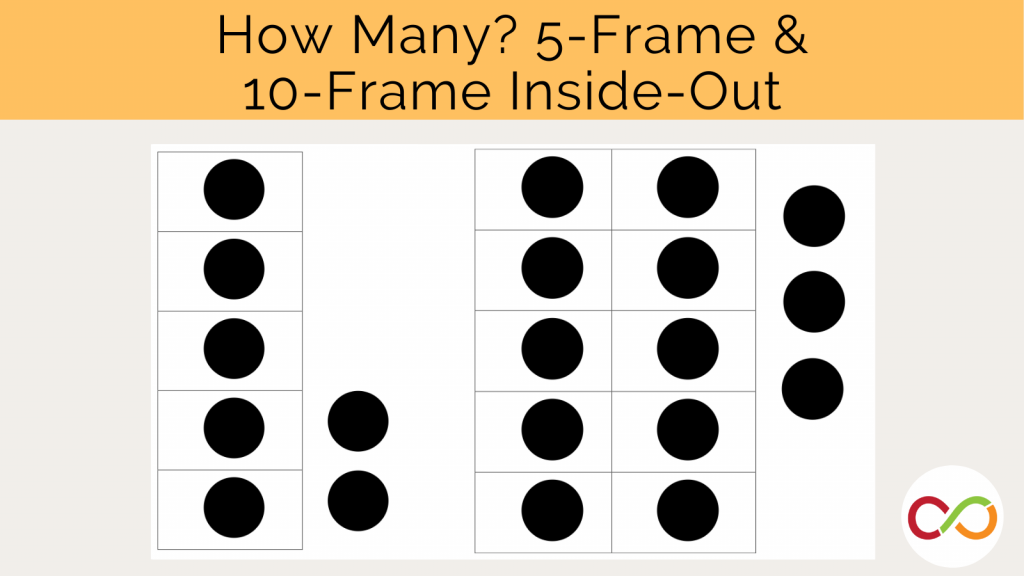Find Your Match
Primary (Age 6 – 9)
Curriculum Goal
Primary: Number Sense
- Read and represent whole numbers up to and including 50.
- Describe various ways whole numbers may be used/referenced in everyday life.
- Compose and decompose whole numbers, up to and including 50, using a variety of tools and strategies, in various contexts.
Context
- Teacher works with at least two children.
Materials
- Deck of cards with face cards removed (Ace = 1)
Lesson
Easier Version:
- Lay cards face-down randomly in a 5 × 8 rectangle.
- Explain that the goal is to match cards of the same number. Colour/suit do not matter.
- For each round, students turn over one card and try to find a matching card.
- Introduce the advanced version, if appropriate.
Advanced Version:
- Explain that the goal is to find the numbers that add/subtract to a certain sum/difference (chosen from a number between 2-20).
- Give an example, such as 5. Ask students for different number pairs for that sum (e.g., if the chosen sum = 5, players should aim for Ace + 4 or 9 – 4; if the chosen difference = 3, players should aim for pairs such, as 6 – 3 and 1 + 2).
- When all pairs for the predetermined difference have been found, facilitate a discussion about how quantities can be composed and decomposed.
- Challenge the students play the game in pairs.
- Afterward, hold a discussion to extend student thinking. Here are some sample questions:
- How did you know these pairs were correct?
- What strategies did you use to add/subtract the two cards together?
- What techniques did you use to remember where the cards were?
- Why would there be more possible pairs for a larger difference (i.e., 10 versus 5)?
Look Fors
- Do the children select the exact card that they were looking for?
- Are students counting the number of symbols on the card? If so, are they using one-to-one correspondence? Are the students recognizing the numbers on the card?
- Are the children using their fingers to count? Are the children counting up or counting on when they choose their pairs?
- Do the children use certain memory strategies to determine if the pairs create the predetermined sum?
- Do the children use mathematical language to talk about the cards?
Share this lesson
Share on facebook
Share on twitter
Share on email

